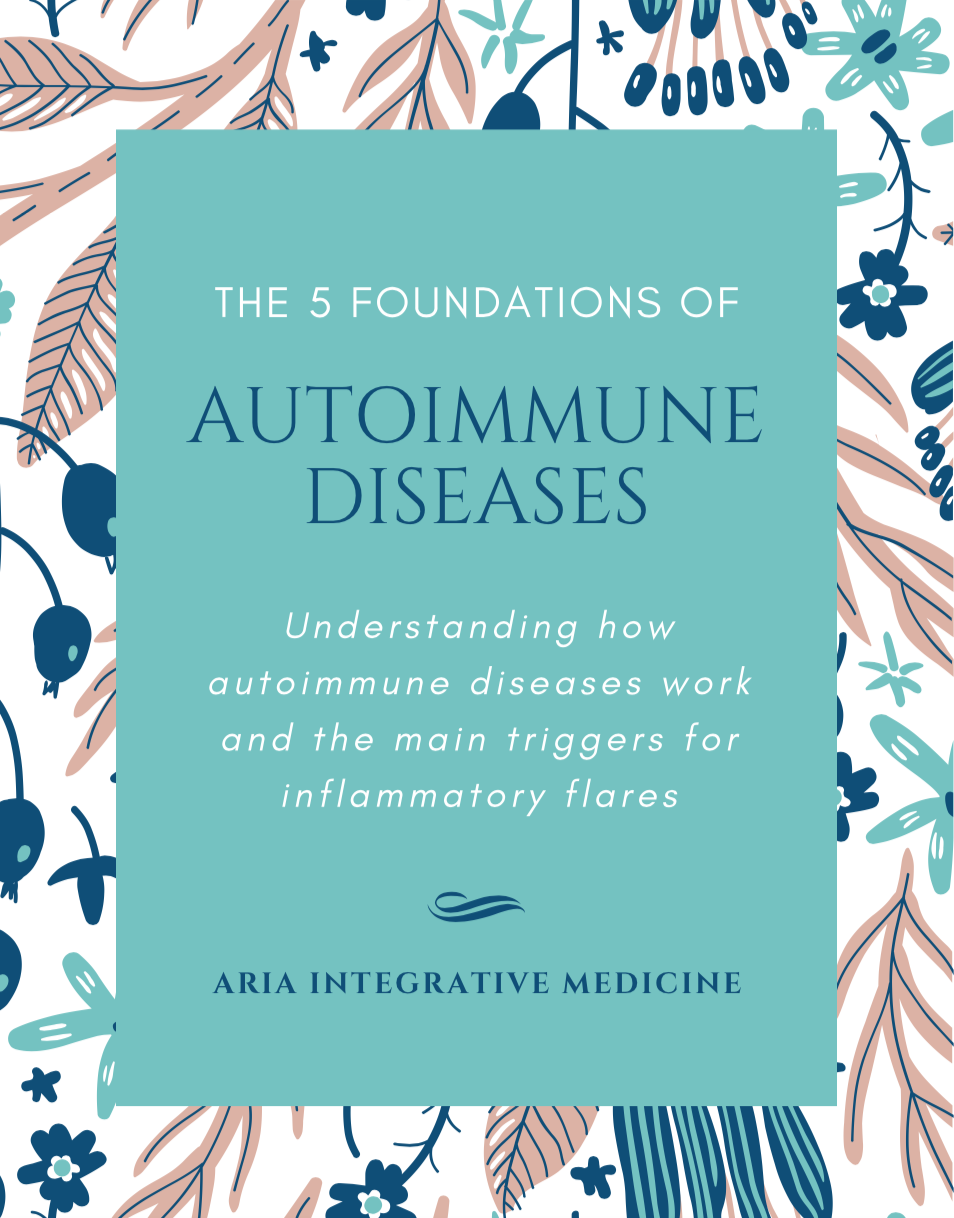The Autoimmune Connection – How Diagnosis with one Autoimmune Disease Increases Your Risk For Another
Autoimmune diseases are on the rise in the United States, and despite this growing prevalence, there is still very little public education about which diseases are classified as autoimmune and how each of these conditions are connected. Statistics from the NIH (National Institutes of Health) show that up to 23.5 million Americans have been diagnosed with an autoimmune condition. That is more than both the number of people with cancer (9 million) and those with heart disease (22 million); these are currently two of the most highly researched conditions. In general, autoimmune diseases are conditions in which the body’s immune system created antibodies against normal healthy tissue, which causes damage to said healthy tissue. This is an abnormal response in the body; when our immune system is acting appropriately, this reaction should not be occurring.
There are currently 80-100 different identified autoimmune diseases and the list keeps growing every year. This list includes very common conditions that most people are familiar with but may not be aware have an autoimmune component. These diseases include multiple sclerosis, rheumatoid arthritis, hashimoto’s thyroiditis, Graves disease, Ankylosing Spondylitis, psoriasis, celiac disease, Crohn’s, ulcerative colitis, and many others. Autoimmune diseases are generally more common in women, but can occur in all genders and ages.
So why is it important to understand whether particular conditions have an autoimmune component? There are multiple components to how this understanding can improve someone’s health.
First, treatment of autoimmune conditions needs to focus around reducing the autoimmune response and the antibodies that are triggering destruction of otherwise healthy tissues. Many medical specialists are trained to treat symptoms of a particular condition using pharmaceuticals and may neglect reducing the autoimmune response itself, which leads to symptom management with medications, often for a lifetime. Currently, conventional medicine has no pharmaceutical intervention that can correct or stop an autoimmune response from happening, but instead treat with medications that suppress the immune system as a whole, which may cause a myriad of undesirable side effects.
Another important reason for identifying autoimmunity is that autoimmune conditions have a genetic component; having a family member diagnosed with any condition in the autoimmune spectrum increases the likelihood of other family members (including both siblings and children) suffering from similar illnesses. For example, a patient diagnosed with Hashimoto’s thyroiditis has increased risk for their children not only to develop Hashimoto’s thyroiditis.
Finally, a person diagnosed with an autoimmune disease is also at higher risk for developing additional autoimmune diseases in their lifetime. For example, someone may suffer from Crohn’s disease as a young adult and later in life develop rheumatoid arthritis or multiple sclerosis. Children who are diagnosed with Type 1 diabetes early in childhood are often later diagnosed with celiac disease or Hashimoto’s thyroiditis.
The important thing to remember about this autoimmune cascade is that early diagnosis and treatment may help to limit and/or prevent additional autoimmune conditions from developing!
Overall, it is very important to establish an early diagnosis of autoimmune disease when possible. By doing so, and with the right physician, you can take steps toward reducing your autoimmune burden as well as preventing destruction of other tissues from taking place. If you have been diagnosed with an autoimmune disease, or if you would like more information on how you can be tested or treated for an autoimmune condition, call our office today and schedule an appointment with one of our highly trained physicians.
Looking for more information on autoimmune diseases? Get our FREE ebook The 5 Foundations of Autoimmune Diseases, register for one of our FREE online webinars, or check out our blog for additional articles.

